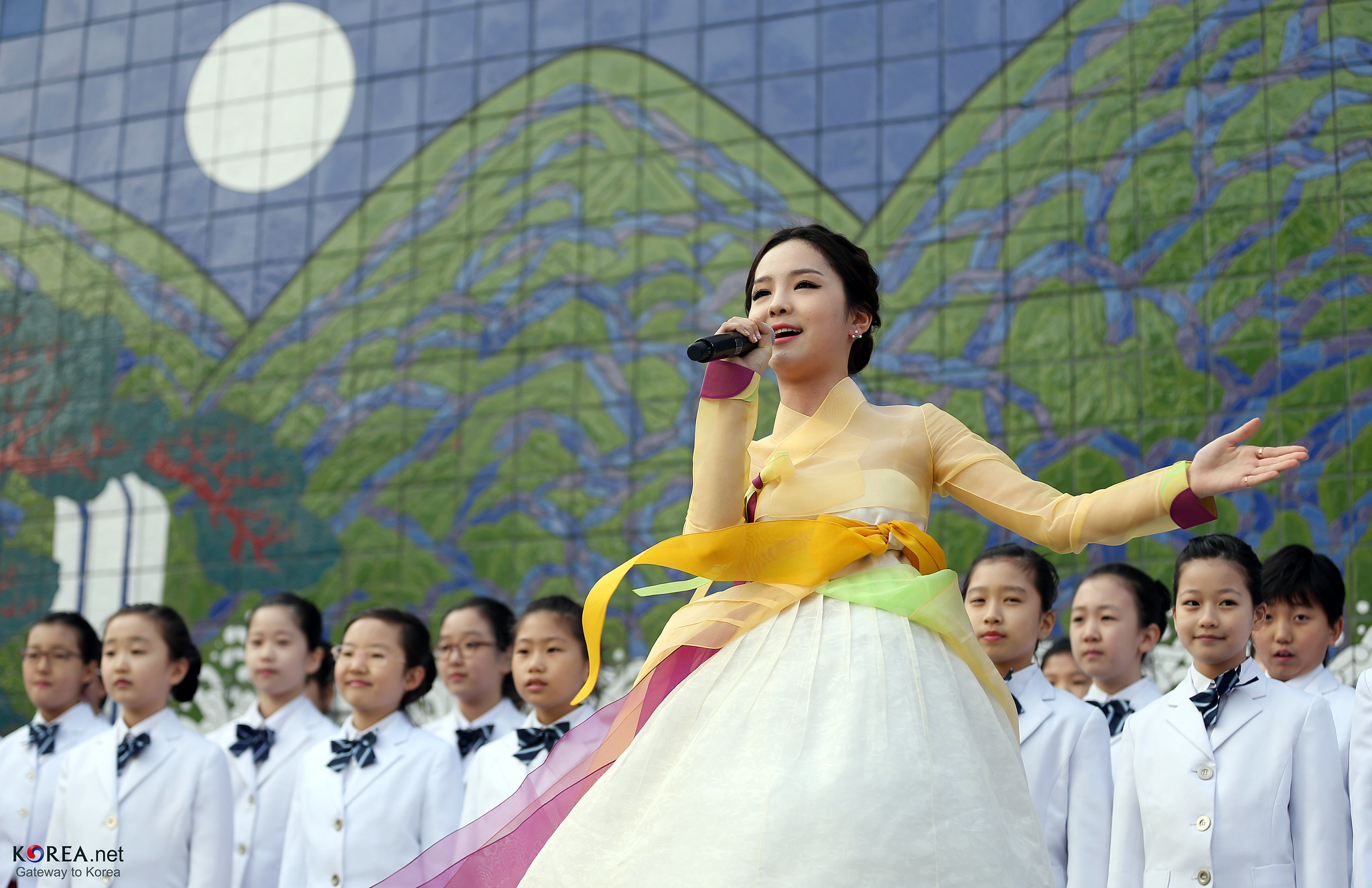
Beloved by Koreans all around the globe, the song known as “Arirang” is widely regarded as Korea’s unofficial national anthem. In addition, it is also found a home in the hearts of many artists from other countries and their audiences. Having been passed down through the generations, it is notable for its simple composition that encourages those listening to sing along and improvise its lyrics and melody. More than that, though-it is a song that fosters a sense of community and brings Koreans together. Today it remains one of, if not the most, popular of Korea’s traditional folk songs, the one that conveys both the sorrows and joys that are shared by Koreans. There are thousands of known variations, with differences appearing not only between each of the different regions, but between cities as well. It can be heard in all media, from television to movies, music, musicals, etc. More recently, in 2012, the song was registered on UNESCO’s list of Intangible Cultural Heritage, with a performance of the song during the ceremony being greeted by thunderous applause from audience members. But where exactly did this song originate, and why was it created?
Different theories exist regarding the origin of “Arirang.” Some have theorized that the song, or the earliest versions of it, date back to the 1860s, a period when Heungseon Daewongun ruled as regent in place of his son Gojong. During this time, a project was underway to rebuild one of Joseon palaces, Gyeongbokgung-the theory is that the song arose from the sorrow of the workers who longed for their hometowns and the families they left behind for this project. Another theory is that the title itself originated from a language of the Jurchens, and that the word “Arirang” was a translation of the Jurchen word “arin,” which translated to “hometown.” There even exists a theory that the song stems from an existing folk song at the time, one known as “Arari” that originated in Gangwon’s Jeongseon area during the Yemaek tribe resided in the area. Unfortunately, there is not one theory that experts can agree on as the definitive origin of the song. This is not surprising, given the fact that even the title itself has had more than 40 different versions. In the late 19th century, an ethnologist recorded audio of Korean exchange students in the United States singing a version of “Arirang” that was called “Ararang.” Evidence seems to suggest that with each regional variation, a new story emerges regarding the origins of “Arirang”.
With how popular the song is, it might surprise some people to learn that it wasn’t until the late 19th century that “Arirang” first began to enjoy popularity. During the Japanese colonial period of the early 20th century, Koreans began to sing it as a song of resistance. But it wasn’t only Koreans who were invested in ensuring that the song didn’t disappear. Just like how the song is loved by foreign artists today, at the time a man named Homer Hulbert was also seeking to help. In addition to helping King Gojong with political affairs, he became the first person to transcribe “Arirang” to sheet music. Then, in 1926, director Na Wun-gyu released a movie that was also titled “Arirang.” He used the song as the theme song for this movie, and afterwards both the song and the movie became immensely popular, with new versions of the song being developed by a multitude of artists. Despite the efforts of the Japanese government to systematically destroy any semblance of Korea’s culture during the occupation, the song survived this period. The song would later go on to become a pro-democracy song of the 1960s up until the 1980s and would be sung at sporting events such as the Olympics and the World Cup.
While its exact origins remain somewhat unclear, what is certain is that the song “Arirang” has cemented its place in Korea’s history as a song of triumph, of shared joys and sorrows, of unity, and of longing. But not only is it one of Korea’s most beloved songs, it has become a song that is enjoyed and celebrated by scores of people all around the globe. As time goes on, “Arirang” will continue to earn the hearts of men and women of all ages and nationalities.
Written by: Nicole Bradshaw
Senior at University of Hawai’i at Manoa majoring in Korean for Professionals as part of the Korean Language Flagship Program. Previous student at Sogang University’s Korean Language Education Center. Currently participating in an internship at Voluntary Agency Network of Korea (VANK).